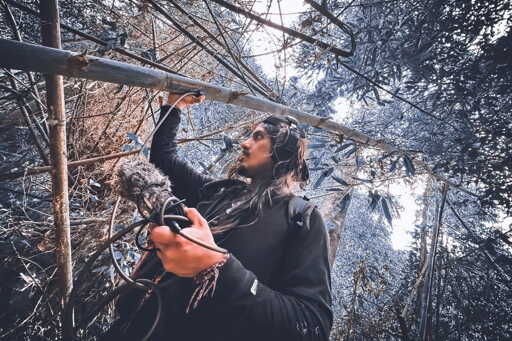Founder’s Briefs: An occasional series where Mongabay founder Rhett Ayers Butler shares analysis, perspectives and story summaries. The music began long before humans arrived. Rivers carried their basslines downstream, insects beat time in the dusk, and birds poured their arias into the dawn. For Dominik Eulberg, who grew up without radio or television, this was the only soundtrack. “Nature for me is the greatest artist of all,” he said. When he later discovered synthesizers, they felt less like inventions of silicon and circuitry than another register of the same ancient score. Eulberg, an ecologist by training and DJ by trade, has made it his vocation to let those hidden symphonies be heard, reports contributor Manuel Fonseca for Mongabay. At festivals along the Main in Frankfurt, he layered the call of the corncrake over deep electronic pulses, thrilling dancers who mistook the bird’s cry for a machine. His albums, with names drawn from butterflies and plants, offer an invitation to hear biodiversity not as an abstraction but as melody and rhythm. Eulberg isn’t alone. In the Peruvian Amazon, DJ Edwin Carrasco, known in the artistic world as Tayta Bird, and his collaborators record the chatter of macaws and the bass rumble of howler monkeys, weaving them into tracks that pulse with the rainforest’s vitality. Their “Nature Punk” is less rebellion than reminder: that music once came from sitting quietly in the forest, listening. There is poignancy in this movement. As habitats shrink and species vanish, silence spreads. What these artists do…This article was originally published on Mongabay
From Conservation news via this RSS feed


